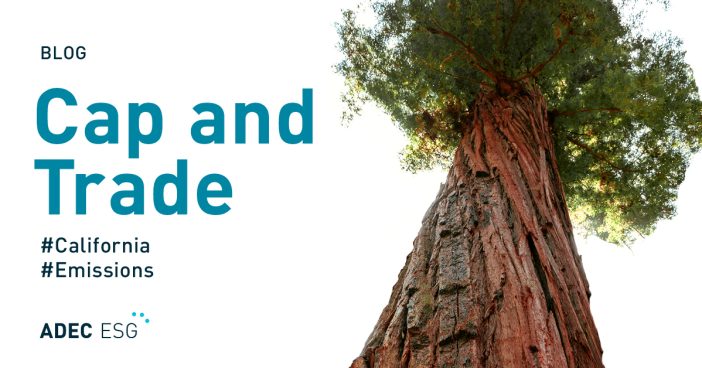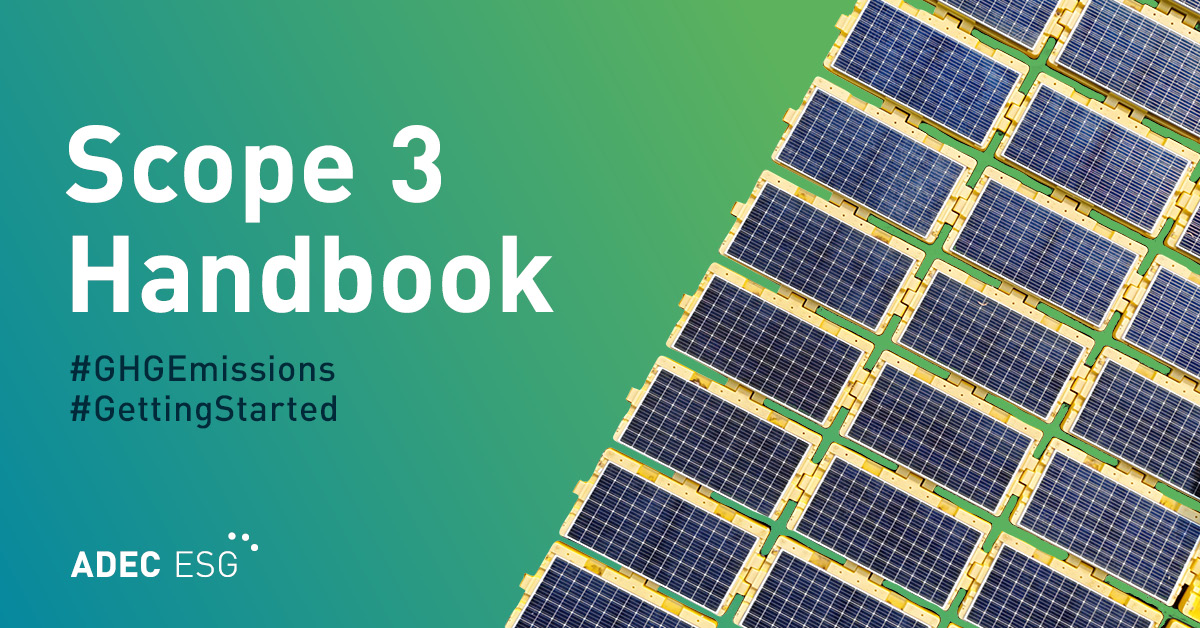In this series of articles, we discuss U.S. cap-and-trade programs, diving into the details of both long-standing and up-and-coming programs—and exploring the effects they’ve had and may continue to have on the states in which they operate.
“Cap-and-trade” is a market-based approach to reducing greenhouse gas emissions, with origins going back decades. In 2012, California began operating a cap-and-trade (C&T) program, which covers approximately 85% of the state’s emissions and includes around 450 organizations across the electricity generation, large industrial, and fuel supply industries. This was the first multi-sector cap-and-trade program in the U.S. and one of the largest in the world.
More recently, in 2023, Washington launched its cap-and-invest program, which covers approximately 75% of the state’s emissions. New York State is also undertaking an economy-wide cap-and-invest program that is expected to launch in 2025. Albeit different terms, the cap-and-trade and the cap-and-invest programs have similar functions and goals. However, they differ in that cap-and-invest programs utilize the revenue generated from the program to fund clean energy projects and invest in climate solutions, while cap-and-trade primarily focuses on trading emissions allowances to encourage entity-wide emissions reductions. Learn more about Washington’s cap-and-invest program.
This article will focus on California’s cap-and-trade program and set the stage for the rest of our series. What are the basics of California’s C&T program, and how does it function?
What is California’s cap-and-trade program?
California’s cap-and-trade program sets a declining limit on major sources of greenhouse gas (GHG) emissions throughout the state of California. This means that the state sets a limit on greenhouse gas that companies may emit per year, and this limit decreases until the state reaches its emissions reduction goals. These limits create economic incentives for organizations to reduce their carbon footprints and/or to purchase or obtain carbon credits.
The cap-and-trade program was first authorized in 2006 with the ambitious goal of reducing California’s greenhouse gas emissions to 1990 levels by 2020. This goal was met in 2016, at which point it was revised to include a target to reduce the state’s emissions to at least 40% below the statewide greenhouse gas limit of 431 million MT CO2e by 2030.
The C&T program encourages organizations to shift towards clean sources of energy such as wind, solar, geothermal, and other renewable sources to reduce their GHG emissions. In addition, these organizations may obtain allowances (similar to permits) to emit one ton of carbon dioxide equivalent to cover their emissions, and/or purchase carbon “offsets,” which are investments in projects intended to counter-balance their GHG emissions.
Revenues from the program are allocated to state agencies, who use these funds to implement GHG emissions mitigation programs and further the state’s emissions reduction goals.
All C&T participants are eligible to apply for allowances. Reporting and verification of GHG emissions are required by a third party once per year.
Who must report their GHG emissions under the cap-and-trade program?
The following entities are required to report their GHG emissions regardless of emissions level, as they cover 75% of the state’s greenhouse gas emissions:
- Cement producers
- Lime manufacturers
- Nitric acid producers
- Petroleum refineries
- Entities which conduct geologic sequestration of carbon dioxide
- Entities which inject carbon dioxide
Meanwhile, the following entities are required to report their GHG emissions when their stationary combustion and process emissions are at least 10,000 metric tons (tonnes) per calendar year:
- Glass producers
- Hydrogen producers
- Iron and steel producers
- Pulp and paper manufacturers
- Petroleum and natural gas systems
- Geothermal electricity generators
- Lead producers
What does 10,000 tonnes of GHG emissions per year look like?
To get an idea of what 10,000 tonnes of GHG emissions looks like in 2024, let’s take a look at the following table, which displays the amount of energy per source one would need to expend to emit 10,000 tonnes of GHG emissions in a year. The information was calculated in-house by our greenhouse gas accounting team:
| Emission Type | Amount | GHG emissions (tonnes) |
| Electricity | 59,068.88 kWh | 10,000 |
| Natural gas heating | 188,272.51 MMBtu | 10,000 |
| Natural gas heating | 1,881,915.24 therms | 10,000 |
| Diesel | 979,382.37 U.S. gallons | 10,000 |
| Gasoline | 1,138,394.54 U.S. gallons | 10,000 |
The data needed to determine your own GHG emissions can be found in utility and fuel purchase bills obtained during the reporting year.
Emissions in real terms
To put 10,000 tonnes of GHG emissions into context, the U.S. EPA calculates that this amount of tonnes per year is equivalent to the following (last updated in January 2024):
- 0.003 coal-fired power plants in 1 year
- 0.027 natural gas-fired power plants in 1 year
- 55 railcars’ worth of coal burned
- 132 tanker trucks’ worth of gasoline
- 2,380 gasoline-powered passenger vehicles driven for 1 year
- 3,472 tons of waste recycled instead of going to landfill
- 1,974 homes’ electricity use for 1 year
Sequestering emissions
In terms of carbon sequestration, 10,000 tonnes of GHG emissions per year is equivalent to the following:
- 165,351 tree seedlings grown for 10 years
- 11,675 acres of US forests in 1 year
- 64.1 acres of US forests preserved from conversion to cropland in 1 year
California’s cap-and-trade program, along with similar initiatives in other states, represents a significant effort to reduce greenhouse gas emissions through market-based mechanisms. By setting limits on emissions and creating economic incentives for reductions, these programs encourage industries to adopt cleaner energy sources and innovative technologies. As more states implement and refine their own cap-and-invest programs, the collective impact on national and global emissions could be substantial, contributing to the broader fight against climate change and promoting a sustainable future.
With the right support, developing a GHG emissions reduction program for your organization can be made simple. From establishing verifiable benchmarks to setting up year-over-year GHG activity data monitoring processes, ADEC ESG can help you put together an effective program and achieve your sustainability goals. To learn more about our work on goal-setting, reducing emissions, and reporting sustainability progress, contact our team.
This blog provides general information and does not constitute the rendering of legal, economic, business, or other professional services or advice. Consult with your advisors regarding the applicability of this content to your specific circumstances.




